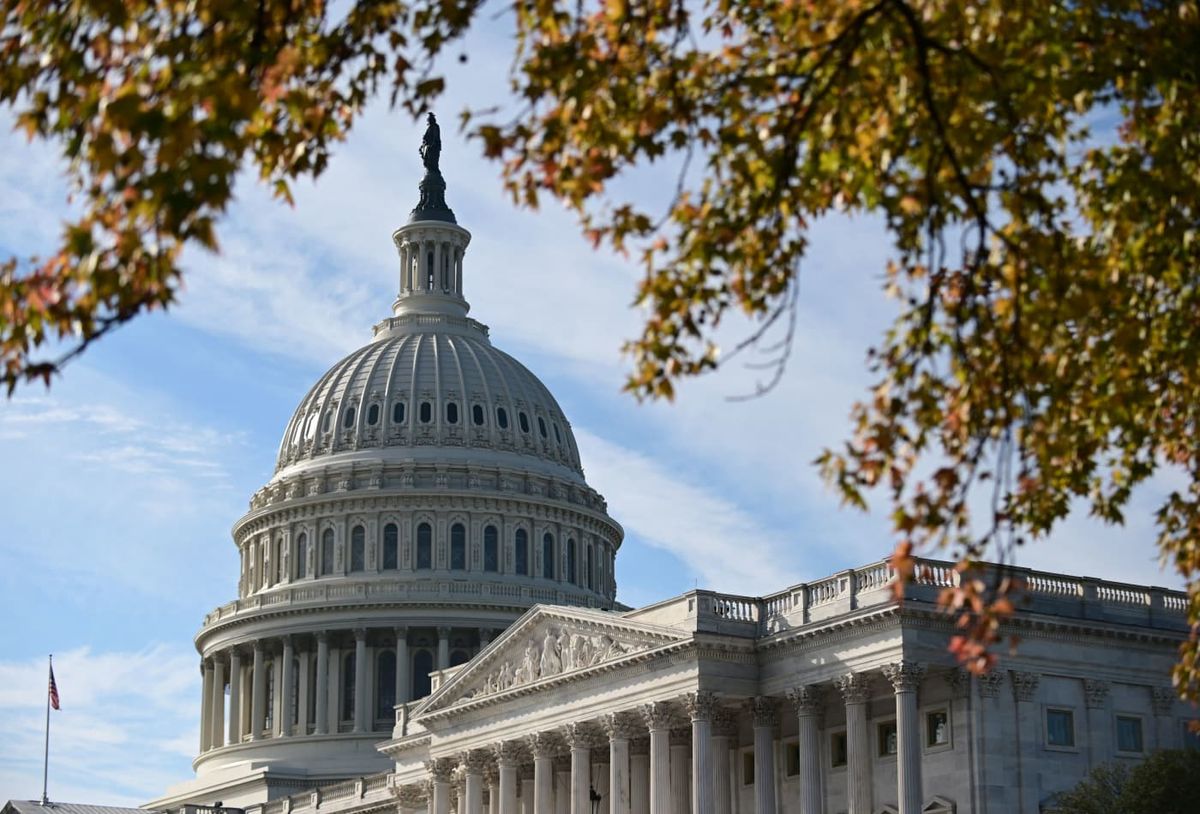What is a Senate “vote-a-rama?”

A few minutes every morning is all you need.
Stay up to date on the world's Headlines and Human Stories. It's fun, it's factual, it's fluff-free.
It isn’t just a cutesy term used by journalists but one that has become the official name for a process that can last upward of 30 hours.
If there’s one topic that can unite most Americans, it’s an abiding dislike of Congress. Much of that disdain is rooted in the view that the United States’ legislative body rarely gets anything of substance done as it is too often hampered by gridlock and political infighting. In recent years, that inability – or unwillingness – to legislate has been especially apparent in the Senate.
Which is why, when the Senate does jump into action, it can be a curious but confusing event. One of the most concentrated periods of action for the chamber is the marathon voting session known as a “vote-a-rama” (alternatively, “vote-o-rama”). It isn’t just a cutesy term used by journalists but one that has become the official name for a process that can last upward of 30 hours.
Last week, a Senate vote-a-rama culminated in the approval of the most recent round of COVID-19 stimulus proposed by President Joe Biden. More steps remain before the package is officially passed and another round of stimulus checks are sent out, but with the conclusion of the recent marathon Senate session, which lasted from Thursday to Friday morning, one major hurdle has been cleared.
When the dust settles, the recent vote-a-rama may have little to no lasting legislative effect, but its political ramifications can still be majorly impactful.
Understanding the vote-a-rama
Economist and former Senate staffer Keith Hennessey is credited with coining the term “vote-a-rama,” which he defines on his blog:
vote-a-rama: (n) an extended sequence of back-to-back votes in the United States Senate. A side effect of special rules for considering the budget resolution or a reconciliation bill, a vote-a-rama may last 10, 20, 30 hours or more, and occurs after all time for debate has expired but before a vote on final passage.
To fully understand the idea, you must first understand the budget reconciliation process. This process, which was created in 1974, allows matters related to the budget to be exempt from the filibuster, which speeds up their passage. Most Senate matters require 60 votes to pass, but this process means matters related to the budget only require a simple majority.
There are other aspects of the budget reconciliation process that dictate how it can be used, including, most notably, the so-called “Byrd rule.” Named after former Democratic Senator Robert Byrd, this law allows senators to remove amendments and provisions added to the bill that aren’t related to the budget. Also, the budget reconciliation process can only be used once per fiscal year.
The process is often criticized by members of the minority party when it is used, but each party has used it to push through their policy agenda. Reconciliation was used to pass the Republican-supported tax cuts under President Donald Trump and parts of the Affordable Care Act were passed through this process under President Barack Obama.
What is the purpose of the vote-a-rama?
When a bill is taken up by the Senate as part of the budget reconciliation process, senators have a set period of time to debate it. After the debate period is over, the Senate votes. However, before that happens, senators must address amendments that have been proposed for the bill. This is the vote-a-rama.
Last Friday, February 5, the Senate approved the US$1.9 trillion stimulus package that President Joe Biden had proposed to address the ongoing COVID-19 pandemic. The passage of the package was finalized with a tiebreaking vote by Vice President Kamala Harris. That vote only happened, though, after a 15-hour vote-a-rama, which included 800 amendments from members of both parties.
Proposing amendments can slow down the passage of a bill, but generally, doing so serves as a more symbolic act. Proposed amendments can force senators to vote on an issue that could be costly in a future election. These amendments can be either political theater, a way to hurt a political opponent, or both.
Though the marathon voting session can be a useful political tool, it is one that takes a toll. Senators, many of them in their 70s or 80s, are forced to stay in the Senate to vote on these amendments. Reportedly, former Republican Senator Judd Gregg once compared the process to “Chinese water torture.”
In 2010, when a vote-a-rama took place in the final push to pass the Affordable Care Act, former Republican Senator Jon Kyl said of the process, “It’s very partisan, and it’s not fun, and it’s not productive.” So why do the senators do it? Another former Republican Senator, the late Bob Bennett, explained, “There are people who enjoy the game.”
Amending the stimulus package
In last week’s vote-a-rama, one of the amendments, proposed jointly by Democratic Senator Joe Manchin and Republican Senator Susan Collins, seeks to prevent “upper-income” people from receiving the US$1,400 stimulus checks. This means that potentially fewer people will receive stimulus checks than in the previous two rounds of payments.
The amendment passed, but it isn’t a law. There’s nothing forcing Democrats in either chamber to keep that amendment in the final stimulus package when it passes.
Nonetheless, the inclusion of that amendment led to headlines like CNBC’s “Fewer people may qualify for the $1,400 stimulus payments.” And then there was an article in Forbes headlined, “Over 50 House Democrats Ask Biden Not To Lower Income Threshold For $1,400 Stimulus Checks.”
The amendment has highlighted divisions in the Democratic Party while creating the appearance that Biden is watering down a campaign promise. Even if the final bill doesn’t change the income threshold for stimulus payments, it’s created days of bad press for Democrats and a brief political victory for the Republicans, even as they face the impending second impeachment trial of Trump.
Have a tip or story? Get in touch with our reporters at tips@themilsource.com




Comments ()